You are on a relaxing vacation on a lovely island, floating around in the sea then suddenly you seem to notice this greenish goo floating around your board. Uh-oh, it’s algae season on the island of Boracay!
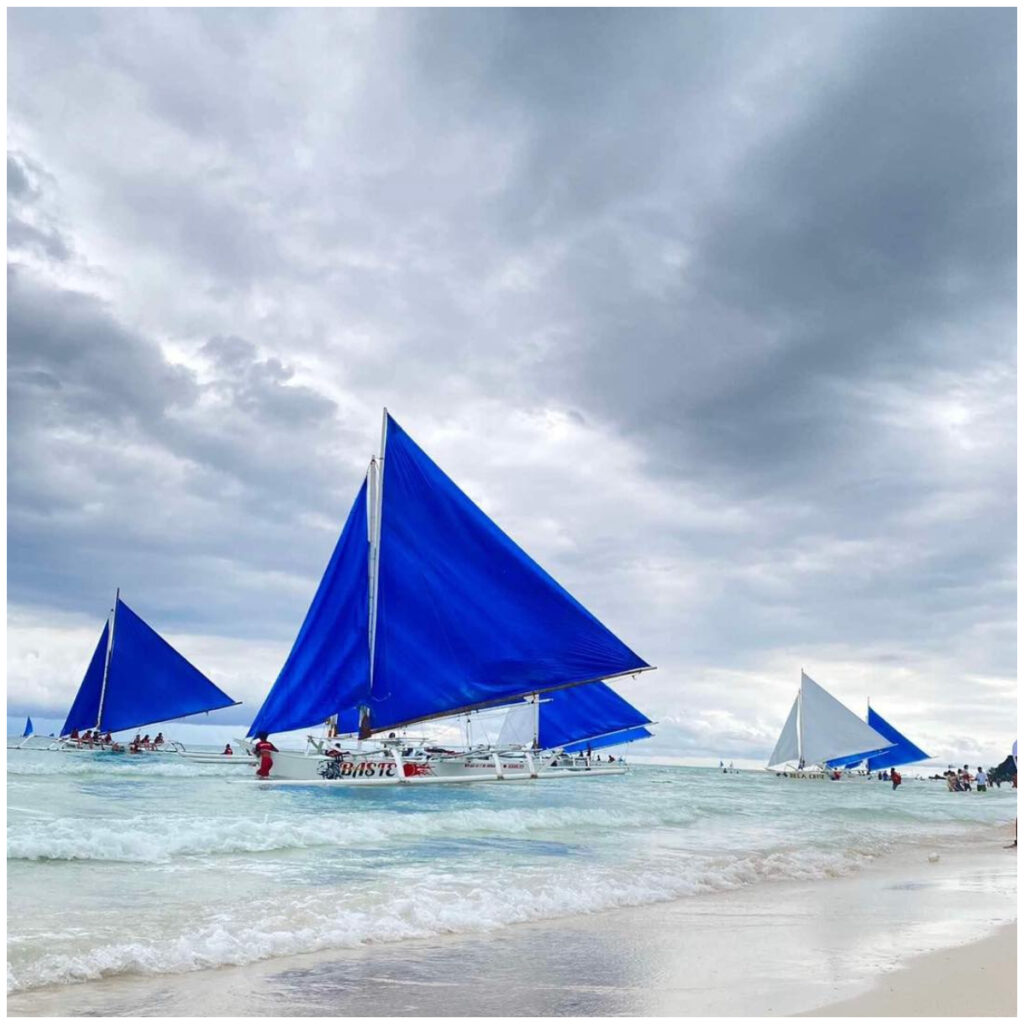
The summer months in Boracay span from February to May. During this period, warm weather and elevated temperatures create the ideal conditions for algae to bloom, making these months the peak season for the phenomena. As a result, these seasons are often avoided by visitors and it’s been observed over the decades.
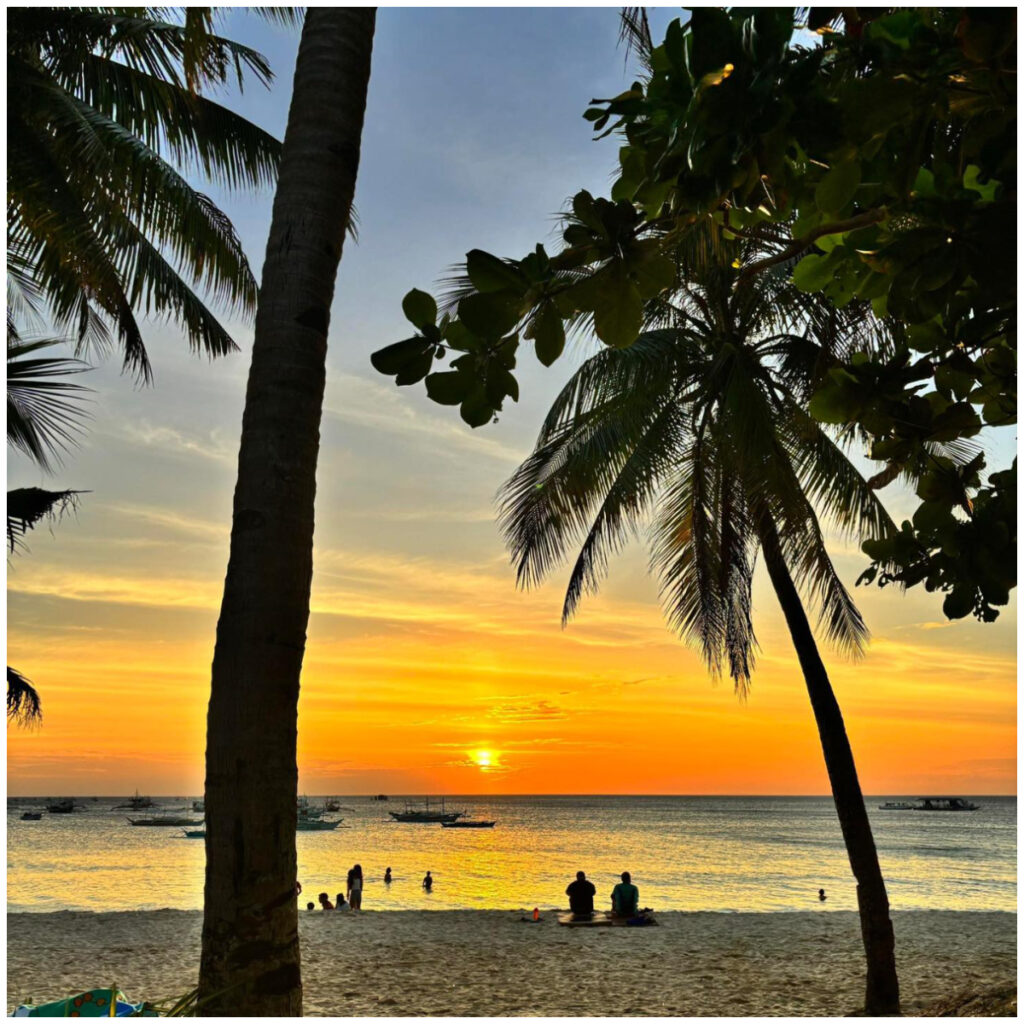
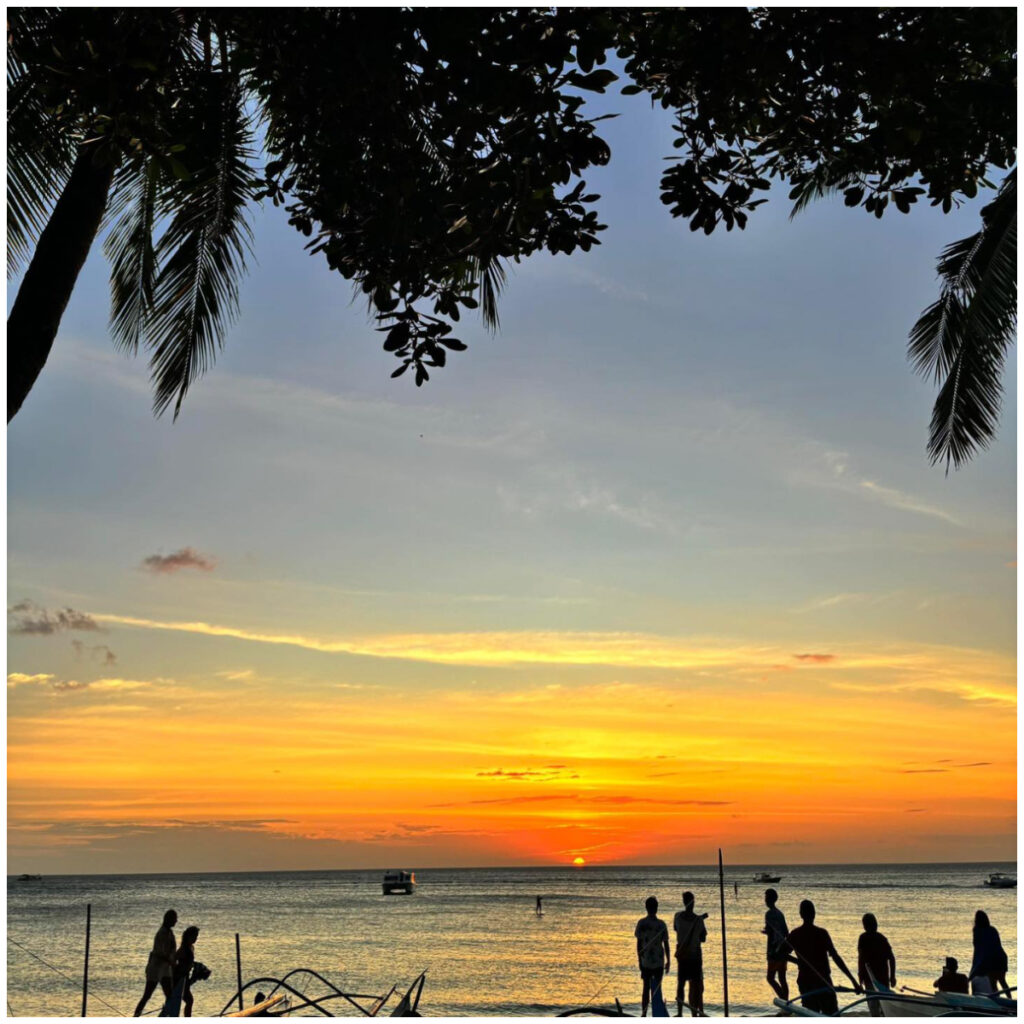
Algae blooms are fueled not only by rising temperatures but also by excess nutrients, such as nitrogen and phosphorus, which often result from sewage leaks and the improper disposal of fertilizers. These organisms can thrive on a wide range of organic matter, including pollutants from tourism. Remarkably, algae are capable of surviving on a variety of substances.
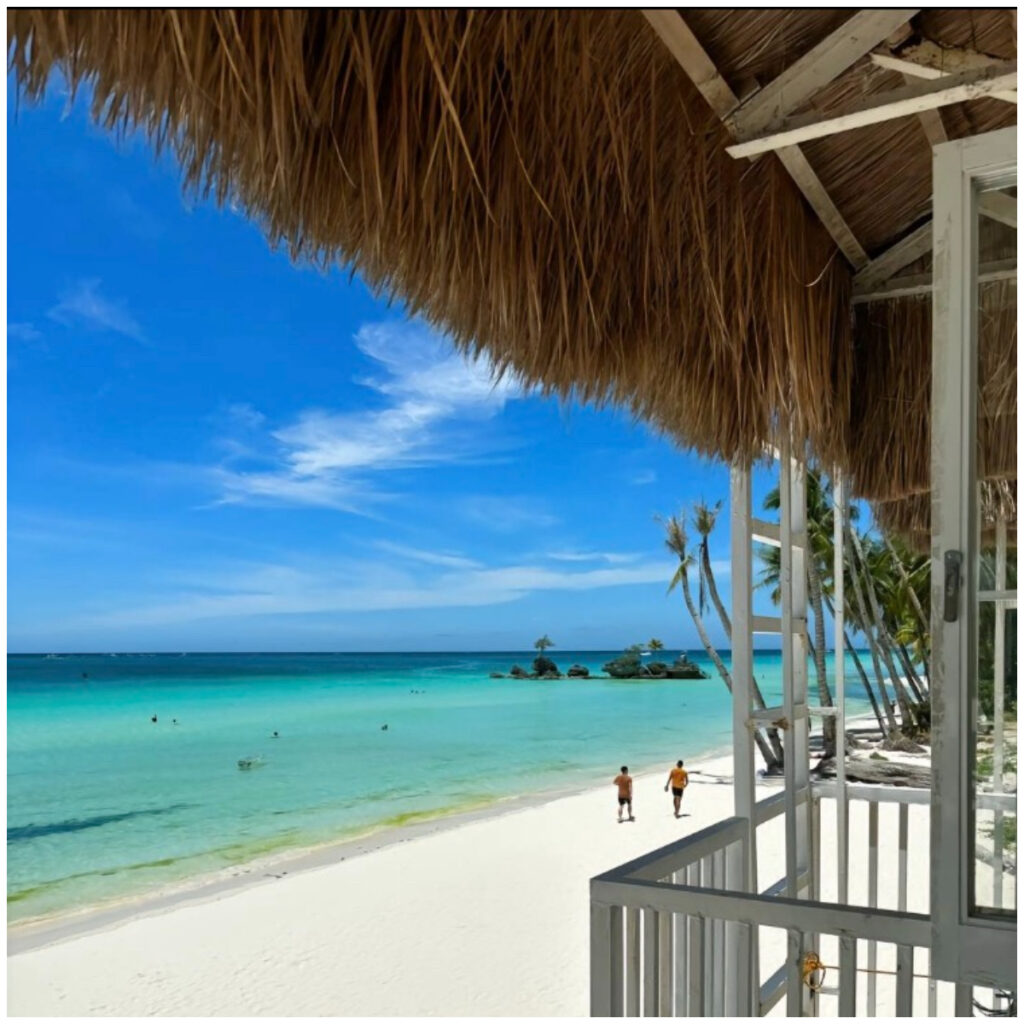
Is it Safe or Harmful?
The green algae or “lumot” does not pose any harmful threat to humans, however, in some cases, it can cause skin irritation for those with sensitive skin. Nevertheless, rinsing the affected area quickly will ease the irritation without any fuzz.
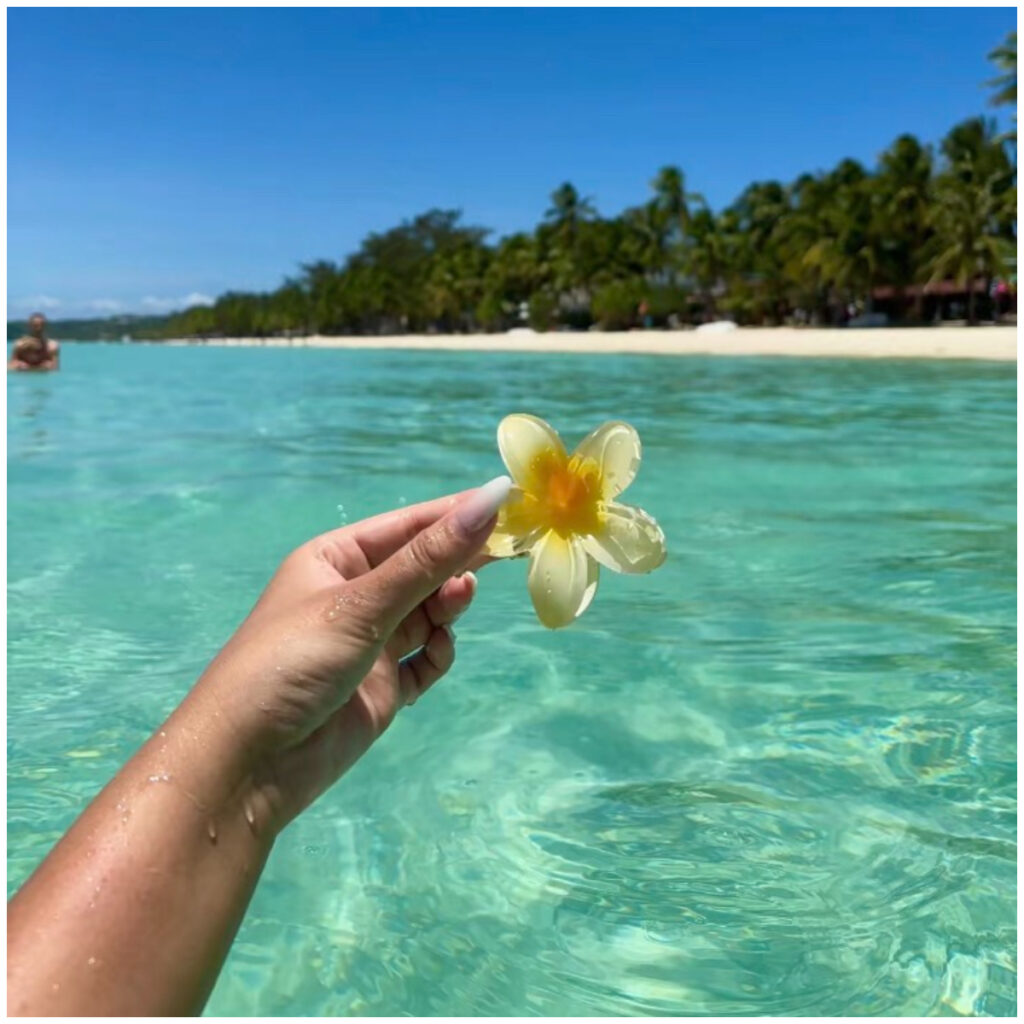
But, it’s a whole different story for other organisms living in the affected shores as too much algae can pose a threat in the lowering of oxygen levels and blocking sunlight that most underwater organisms and corals need. Other variants of algae can also produce toxins.
It’s Plankton!
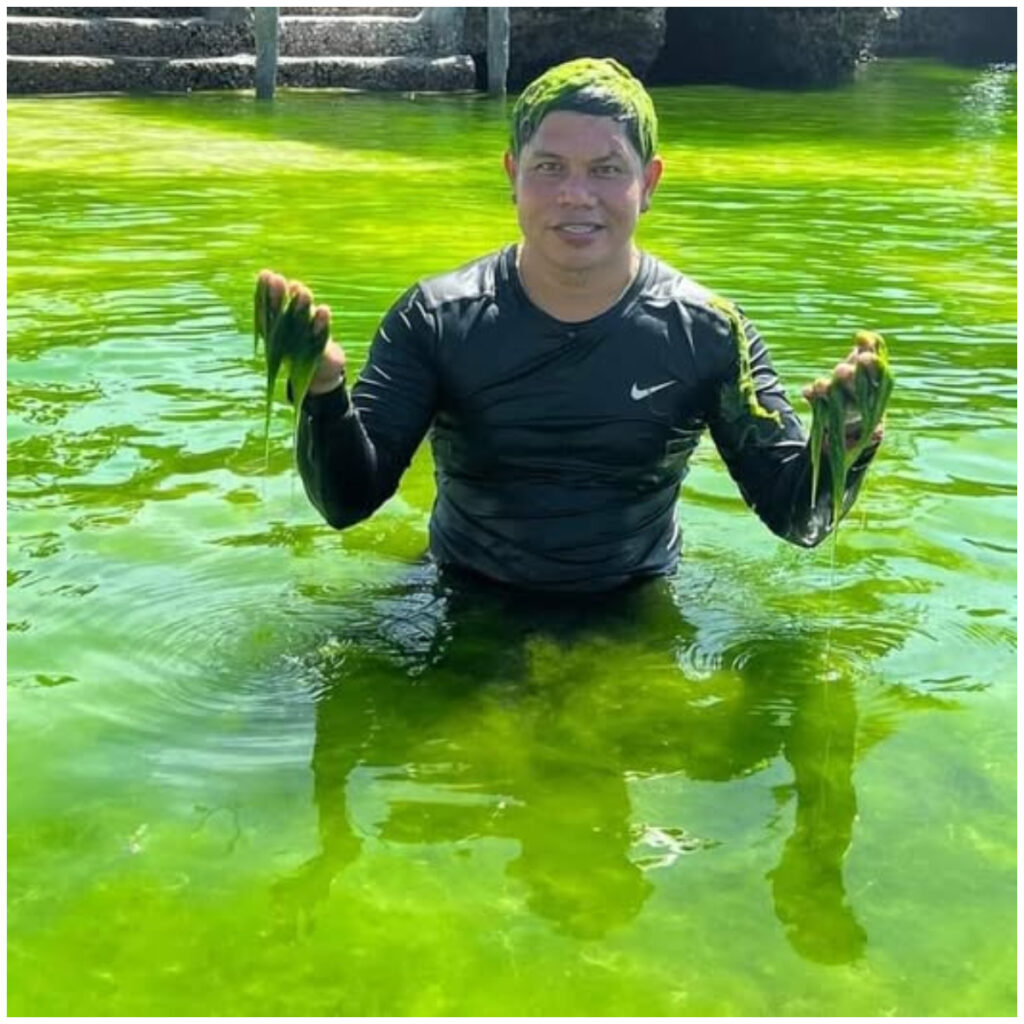
Green algae is also known as phytoplankton. Yes, you read that right— phytoplankton! These types can multiply rapidly and can often look like regular seaweeds. Just like any other plankton, green algae also uses photosynthesis, which is why when they bloom, the water turns green due to the chlorophyll pigment.


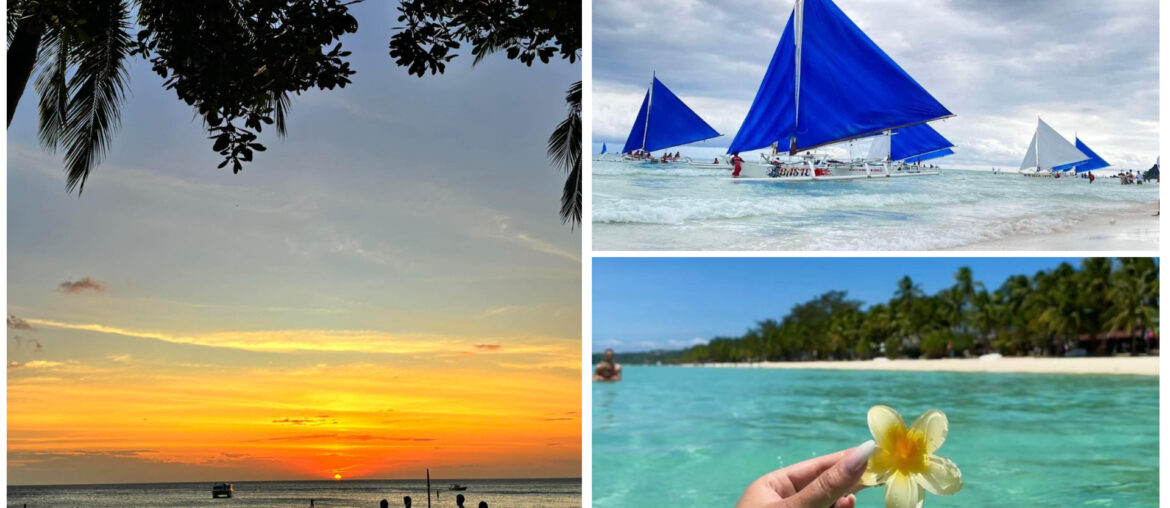
Comments are closed.